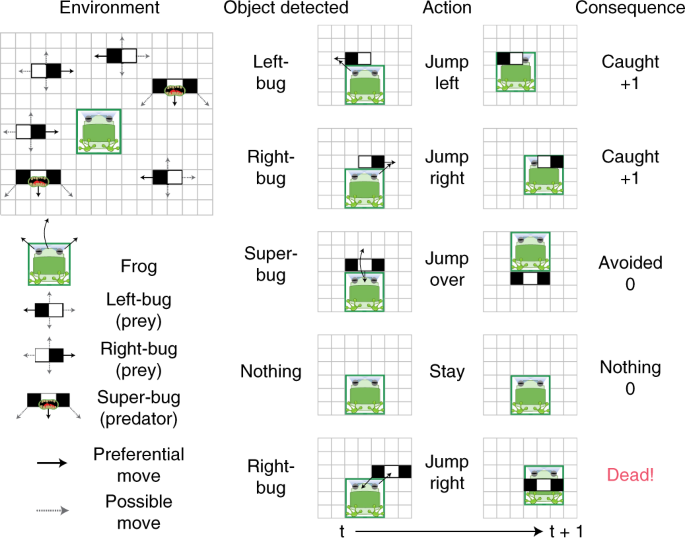

P sued the driver of the motor vehicle for $25,000 in general damages and $45,000 damages representing the heroin addiction. She became addicted to heroin and the need for $900 per day for heroin eventually devoured all her money and her mother’s money. Plaintiff injured in a car accident was offered heroin as a form of pain relief by one of her hospital visitors. The chain of causation between the defendant’s negligence and the plaintiff’s injury, loss or damage is broken: Yates v Jones (1990). That is because the loss, damage or injury was caused by something which happened after the defendant’s negligent act or omission. Each link in the chain is dependent upon the link before and the link after. You can think of the chain of causation as a chain of paper circles. However, it is merely the links between each of the elements of a negligence claim.

What can break the chain of Causation – Novus Actus Interveniens (An intervening act)Ī plea of novus actus interveniens, meaning “a new intervening act” allows the defendant to escape liability if his or her negligence was not the proximate cause of the plaintiff’s loss, damage or injury. What is the Chain of Causation The chain of causation sounds very complicated. The section 11(1)(a) combines the ‘but for’ test and the balance of probabilities tests which developed at common law. “The application of the simple but for test to determine causation would be inappropriate… it would be quite unreal to find that the defendant caused the plaintiff to engage in criminal conduct”. common sense), the court should not hold that imprisonment was caused by the defendant’s (appellant Railway authority’s) negligence.

If the chain of causation is broken, it often means the defendant won’t be found liable, even. On appeal, the majority of the court of appeal held that as a matter of policy (i.e. What does a break in chain of causation mean Breaking the chain of causation, known legally as ‘novus actus interveniens’, is when after a negligent act, something that couldn’t have reasonably been expected intervenes and worsens the effects. The five approaches can be shown to be reductive, i.e., define causality in terms of relations of other types. These include the (mentioned above) regularity, probabilistic, counterfactual, mechanistic, and manipulationist views. Under the but for test, “but for” the defendant’s negligence, the plaintiff would not have committed the criminal act. The contemporary philosophical literature on causality can be divided into five big approaches to causality. Plaintiff began to grow Indian hemp which he intended to produce and sell marijuana Plaintiff was arrested, convicted and imprisoned. He began to worry about how he could support his family once his entitlements ran out. After the accident, plaintiff was unable to work and received workers compensation. The Plaintiff could not see where he was going because the torch he had been given by the defendant was not working. Plaintiff, employed by the Defendant as a maintenance linesman was injured during the course of his work when he fell down a railway embankment.


 0 kommentar(er)
0 kommentar(er)
